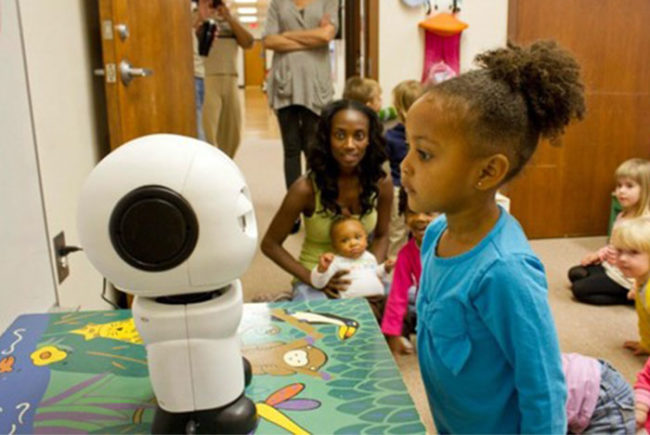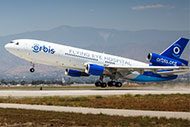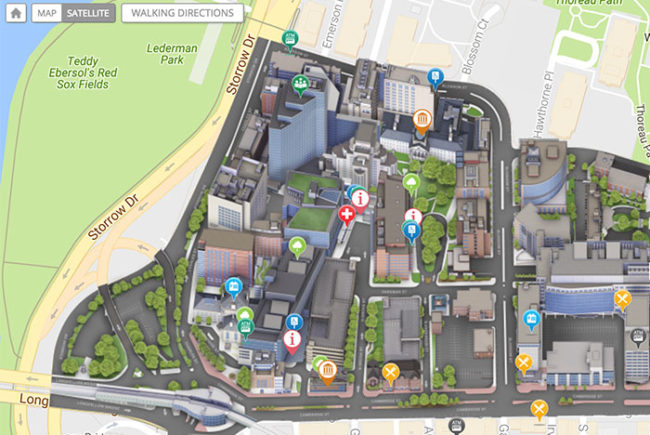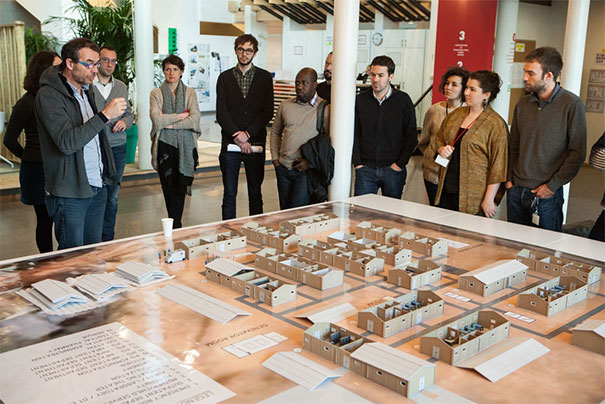 |
|
Photo credit: Alex Yallop/MSF A 3-D printed model of Cantahay Hospital in the Philippines operated by Médicins Sans Frontières. |
MSF uses 3-D printing to improve the design process
Médicins Sans Frontières (MSF), or Doctors Without Borders as it’s known in the U.S., is using 3-D printing and virtual reality to design its hospitals.
Enterprise Innovation reports that MSF took plans from its existing Cantahay Hospital it built in the Philippines after a 2013 typhoon and converted them into a digital format. It then took that format to create a 3-D printed model and a virtual reality experience. The MSF design team can now analyze the design in two ways.
The 3-D model allows MSF to move walls and spaces as it looks for an efficient design, while the virtual reality experience allows users to “move” through the space and offer feedback.
Elvina Motard, MSF technical team leader says, “The idea of this project was to really see how we can make use of 3-D printing technology and virtual reality to help MSF in the design of its hospitals so that people can actually feel or see what they will face when they are in the field beforehand.”
Medical assistance from your friendly neighborhood drone
Although telemedicine is touted as the next generation of health care delivery, a certain tool that could make it even more effective is still in the adoption stage.
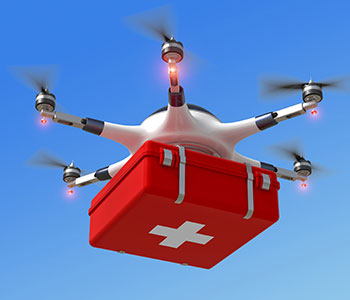 |
|
Credit: Shutterstock Drone developers believe the technology can improve telehealth in remote areas. |
According to a recent article in Telemedicine, “Here Come the Drones,” companies and entrepreneurs are working to make drones more than a high-tech hobby. Writer Michael Levin-Epstein says, “It’s no longer a matter of ‘if’ drones will play a significant role in telemedicine going forward, but a question of ‘when.’”
For the past few years, drone operators have proven that they can benefit the health care sector, especially for areas that are hard to reach because of destruction following a disaster or a dearth of road infrastructure. According to Rishi Madhok, emergency physician at UCSF Medical Center, there are three ways drone use can benefit telemedicine: conducting reconnaissance to provide aerial photography and video of a scene; delivering medical equipment; and providing two-way communication between patients and providers.
Italo Subbarao, an associate dean and associate professor at the William Carey University College of Osteopathic Medicine, and Guy Paul Cooper Jr., a medical student at the university have been working on a drone project dubbed the Healthcare Integrated Rescue Operations (HiRO) since 2014. The prototype is able to carry a 20-pound telemedicine kit.
“The purpose of the project is to get timely life-saving medications, vaccines and equipment to victims in a disaster area or in a remote location through the use of GPS,” Subbarao explains.
Denmark hospital keeps its ducks in a row using RFID
How does a 2.9 million-square-foot hospital, encompassing four major facilities plan to manage 100,000 inpatients and 900,000 outpatients? Radio-frequency identification.
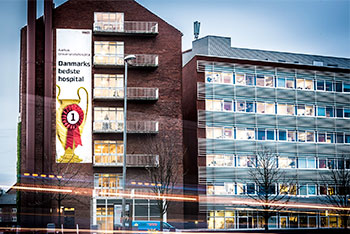 |
|
Photo credit: Kristian Bang Aarhus University Hospital will be rolled into New University Hospital once the multimillion-square-foot expansion is complete. |
New University Hospital in Denmark is an expansion of the Aarhus University Hospital, adding 2.7 million square feet to 1.7 million square feet of existing buildings.
According to RFID Journal, about a quarter of the construction is complete with the entire facility anticipated to be in operation in 2019. As various areas have come online, including the new logistics department, central warehouse and walkways, the hospital is working with Lyngsoe Systems to deploy RFID technology to various functions. So far, tagged equipment includes nearly 1,000 beds, 74 carts, 94 pieces of medical equipment and 7,000 hospital garments. Mobile phones, laptops, paintings, sculptures and other assets, including people, are tagged as well.
The hospital says the technology should reduce the amount of time employees spend searching for assets, patients and other personnel, and result in less asset loss. It can also set the system to send automatic alerts for equipment maintenance, room cleaning or when a patient’s location has put him or her at a safety risk. Ultimately, hospital personnel are hoping the system will help to manage the patients, personnel and equipment spread across 100 buildings once the expansion is complete.



